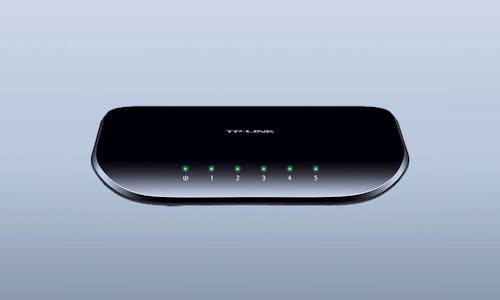Hyundai has invented a novel use for its fuel cell-powered ix35 – growing vegetables. The vehicle, which emits one litre of water from a full tank of hydrogen fuel, has been connected to an aquaponics system in which fish and plants are farmed. The fish excrement is then used as a fertiliser in a mobile vegetable patch.

The fish — in this case Mirror Carp — create ammonia in their digestive systems. This ammonia is then converted to nitrates by bacteria. These nitrates fertilise the plants through an irrigation system. To complete the cycle, the plants filter the excess water, which is pumped back into the fish tank.
Speaking at an event in London, Kit Malthouse, deputy mayor, said: “The science fiction of my youth has been made real… the world is waking up to the power of the fuel cell, not just in terms of propulsion but in terms of cleanliness.”
Lettuce grown in Hyundai’s mobile vegetable patch is due to be prepared and served by top eco-chef Tom Hunt.
Something & Son, collaborators on the ‘Fuel Cell Farm’, has also farmed tomatoes, chillies and a range of herbs.
Hyundai hopes the ambitious project will raise awareness about the company’s progress in fuel cell technology. It is keen to demonstrate that hydrogen is no longer a fuel of the future , but has a very real presence now.
Tony Whitehorn, CEO of Hyundai said: “There are three prongs required for the uptake of hydrogen vehicles – government support, infrastructure and manufacturers. It can be chicken and egg, but you have to break the cycle somewhere, so we’re building the cars.”
Previously hydrogen fuel cell cars were difficult to mass-produce because of the costs of precious metals contained in the fuel cell. Hyundai has been refining the fuel cell to reduce the cost. In doing so, it are now in a position to put a thousand such vehicles on UK roads.

Leave a Reply